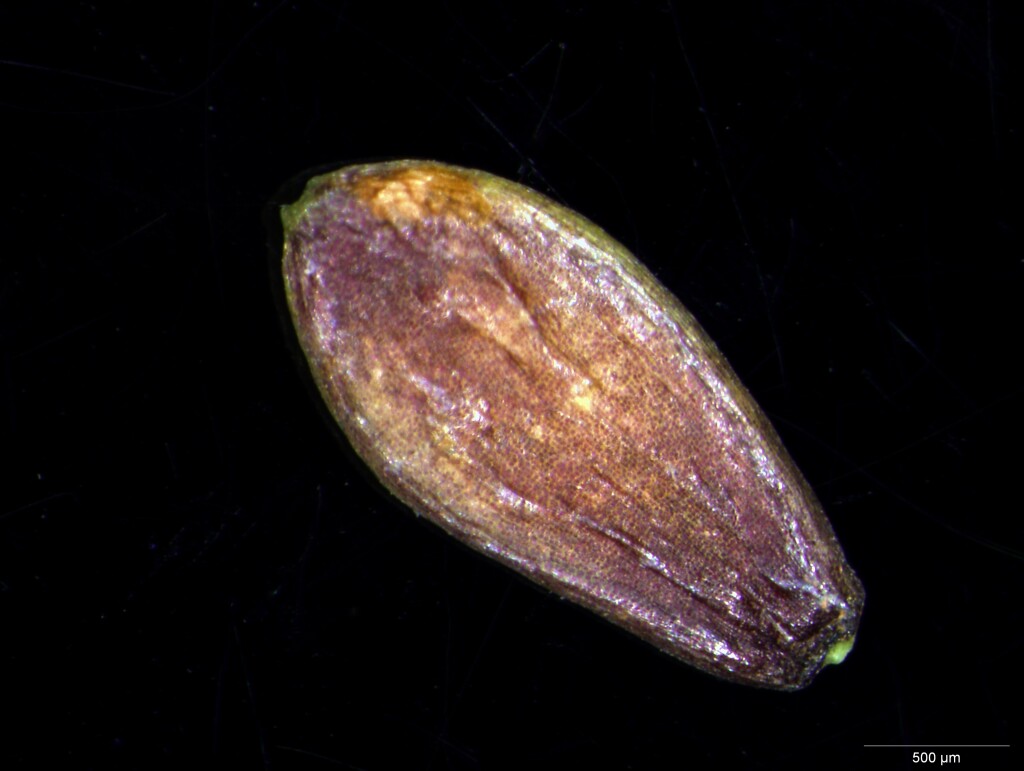Solenogyne dominii
L.G.AdamsLeaves c. oblong to narrowly obovate, (2–)3–6(–10) cm long, 5–12 mm wide, obtuse, usually with a petiole-like base c. one-quarter to half the length of the blade; margins crenate to subserrate, with at least 13 teeth; surfaces wholly glabrous or margins sparsely ciliate near base. Peduncles glabrous or glabrescent, from c. one-quarter as long in flower to slightly longer than leaves in fruit. Capitula as in S. gunnii, but female florets (25–)35–50(–70), disc florets mostly 10–14, both kinds often purplish. Cypselas obovate, 2–2.5 mm long, very obtuse at apex, brown to blackish Flowers mostly Nov.–Apr.
LoM, MuM, Wim, GleP, VVP, VRiv, MuF, GipP, OtP, WaP, Gold, CVU, GGr, DunT, NIS, EGL, EGU, HSF, HNF, OtR, VAlp. Also SA, NSW, Tas. Naturalized New Zealand. Moderately common through central Victoria, often on heavier soils than S. gunnii (shallow depressions etc.) and commoner north of the Great Dividing Range.
Walsh, N.G. (1999). Solenogyne. In: Walsh, N.G.; Entwisle, T.J., Flora of Victoria Vol. 4, Cornaceae to Asteraceae, pp. 867–868. Inkata Press, Melbourne.
 Spinning
Spinning


